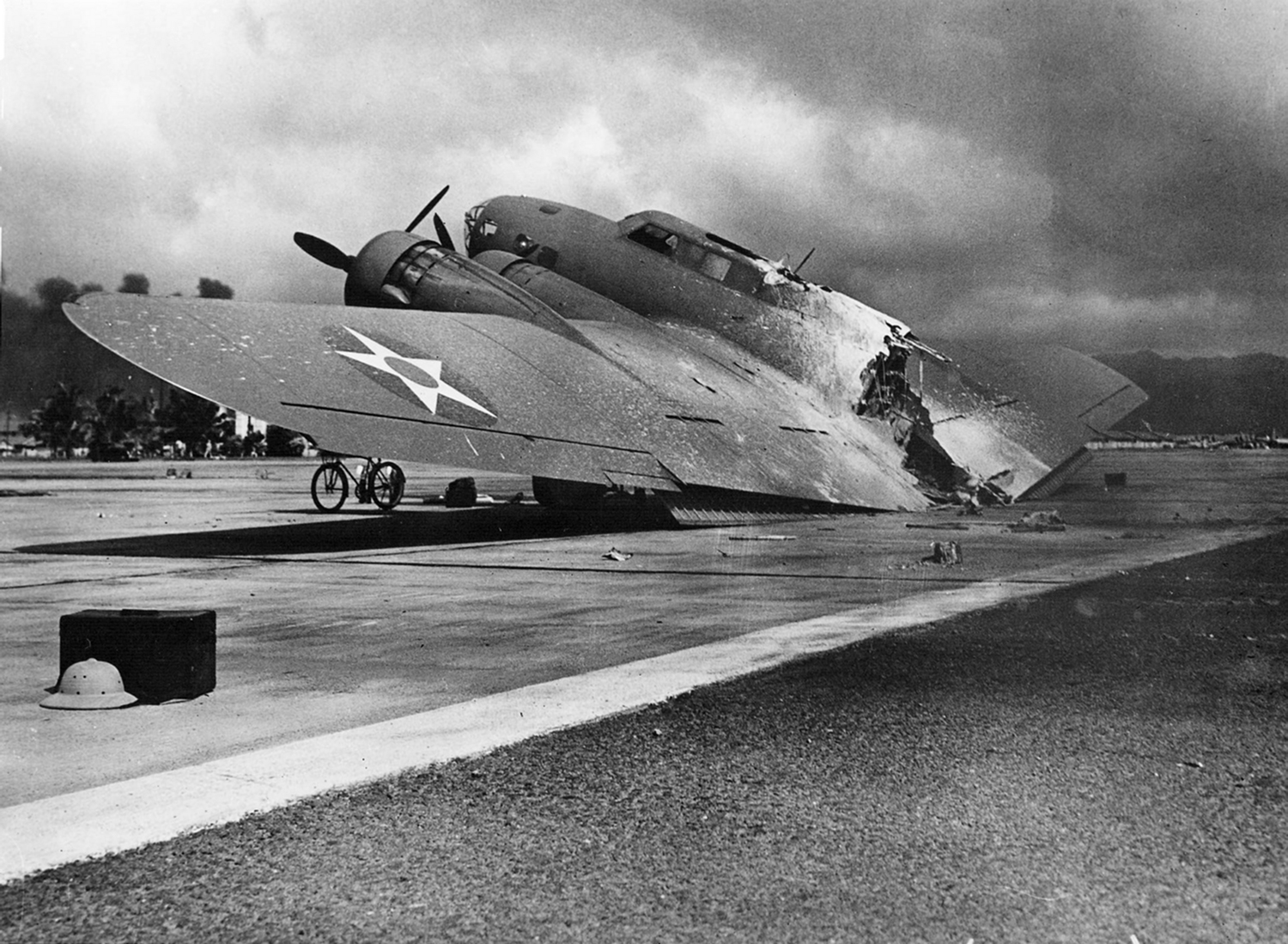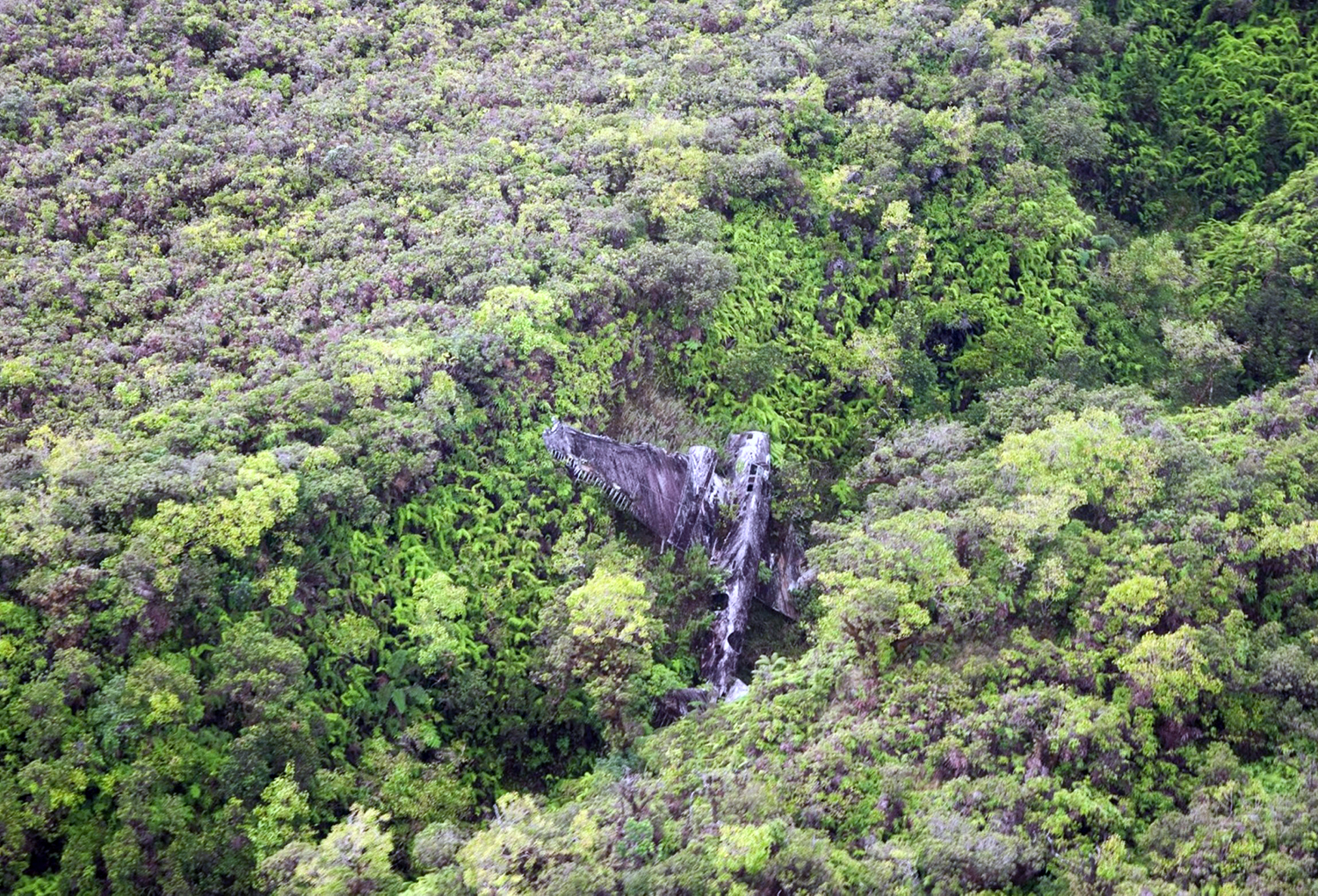Crash of a Boeing B-17C Flying Fortress into the Pacific Ocean: 2 killed
Date & Time:
Jun 15, 1942
Registration:
40-2054
Survivors:
Yes
Schedule:
Hickam - Hickam
MSN:
2055
YOM:
1940
Crew on board:
9
Crew fatalities:
Pax on board:
0
Pax fatalities:
Other fatalities:
Total fatalities:
2
Circumstances:
The airplane departed Hickam Field AFB on a maritime patrol flight over the Pacific Ocean, carrying a crew of nine. In flight, the crew encountered technical problems and equipment failures affected communication and navigation. In such conditions, the captain decided to return to base. Doing so, he reported that he was low on fuel and did not know his position with a 300 feet cloud ceiling in storm. A fuel exhaustion caused the engine n°2 to stop. When the engine n°3 was about to stop, the pilot feathered its propeller but this caused a loss of instruments so was restarted. The pilot held the plane off the water until the airspeed decayed and ditched the airplane about 233 km off Oahu. After ditching, one life raft was released and the top escape hatch failed to open. Two crew members were missing and seven others were rescued.
Crew:
1st Lt William S. Raper, pilot,
2nd Lt Edwin L. Sterling, pilot,
2nd Lt Frank E. Ross Jr., navigator,
Sgt Alva E. Dye, flight engineer,
Cpl Jessie R. Downard, assistant engineer,
Sgt Walter Dombrowski, radio operator, †
Pvt Robert J. McKeage, assistant radio,
2nd Lt Foster G. Daniels, bombardier,
Pvt Walter J. Dutkiewicz, air gunner. †
Crew:
1st Lt William S. Raper, pilot,
2nd Lt Edwin L. Sterling, pilot,
2nd Lt Frank E. Ross Jr., navigator,
Sgt Alva E. Dye, flight engineer,
Cpl Jessie R. Downard, assistant engineer,
Sgt Walter Dombrowski, radio operator, †
Pvt Robert J. McKeage, assistant radio,
2nd Lt Foster G. Daniels, bombardier,
Pvt Walter J. Dutkiewicz, air gunner. †
Probable cause:
Fuel exhaustion and engine failure in flight.



